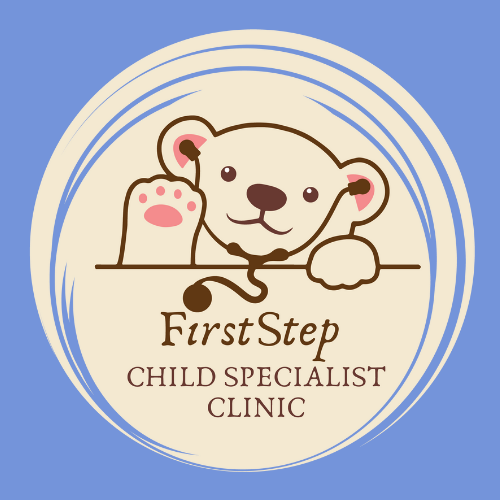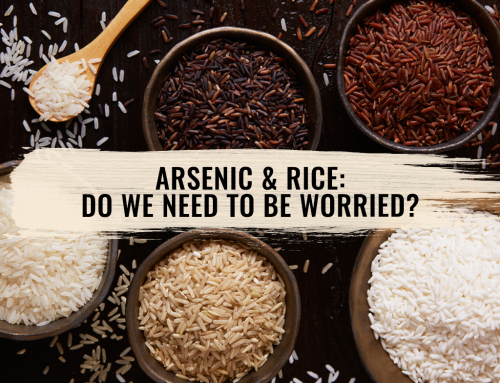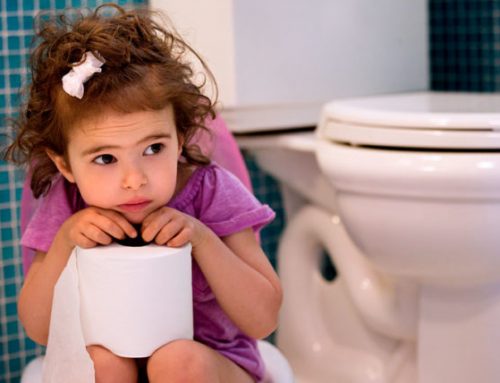Are you unknowingly exposing your baby to microplastics?
Most children below 1-year-old would have been bottle-fed at some point, either with expressed breast milk or formula feed. As a parent, choosing the right bottle may be confusing considering the various designs, types and brands available in the market.
A new study found that polypropylene (PP) infant feeding bottles release microplastics as high as 16,200,000 particles per liter! Additionally, sterilization and exposure to high temperatures were found to increase microplastic release significantly.
How do we reduce exposure to microplastics?
Avoid using milk bottles made of PP.
Most plastic milk bottles are made of polypropylene (PP) unless otherwise stated. The same goes for most food storage and preparation products. Instead of choosing a PP milk bottle, choose one which is made of glass or PPSU.
Milk bottles made from borosilicate glass are stable even at boiling temperatures. They also do not leach or release harmful chemicals. However, extra care needs to be taken as these bottles are heavy and can break easily.
PPSU (polyphenylsulfone) milk bottles, on the other hand, are made from medical-grade plastic hence are highly durable and heat resistant compared to PP. They are stable even when sterilized and are microwavable. Their disadvantage includes having a yellowish tinge and are more expensive than PP bottles.
Change practices of milk preparation and sterilization
Frequent change of milk bottles
If you are using PP milk bottles, do remember to change them once every 3 months or if they have lost their transparency i.e. appears cloudy. For PPSU bottles, changing once every year would be ideal. A glass bottle can last as long as it is intact with no cracks.
The impact of such high microplastics in a child’s body is yet to be known for the time being. However, it is always good to take precautions.
References:
1. Li, D., Shi, Y., Yang, L. et al. Microplastic release from the degradation of polypropylene feeding bottles during infant formula preparation. Nat Food (2020).
2. How to prepare formula for bottle feeding at home – www.who.int
LEARN MORE
LEARN MORE
INTERESTED IN PARENTING ARTICLES?
We have the right articles just for you.
“There is no such thing as a perfect parent. So just be a real one.” – Sue Atkins






